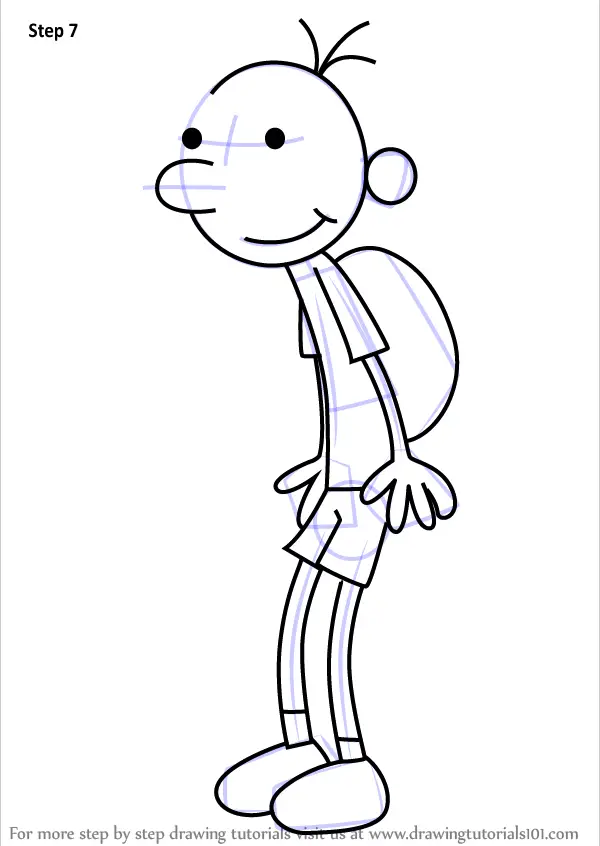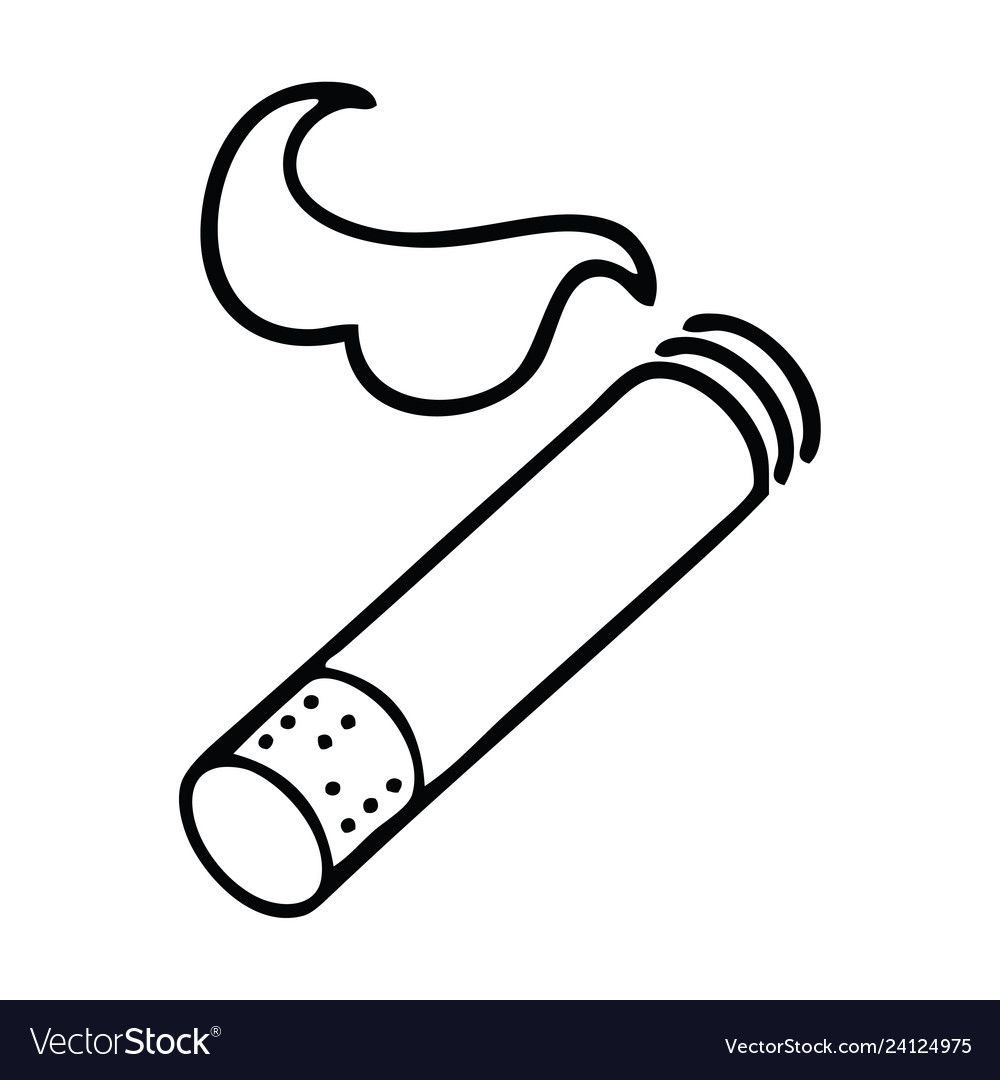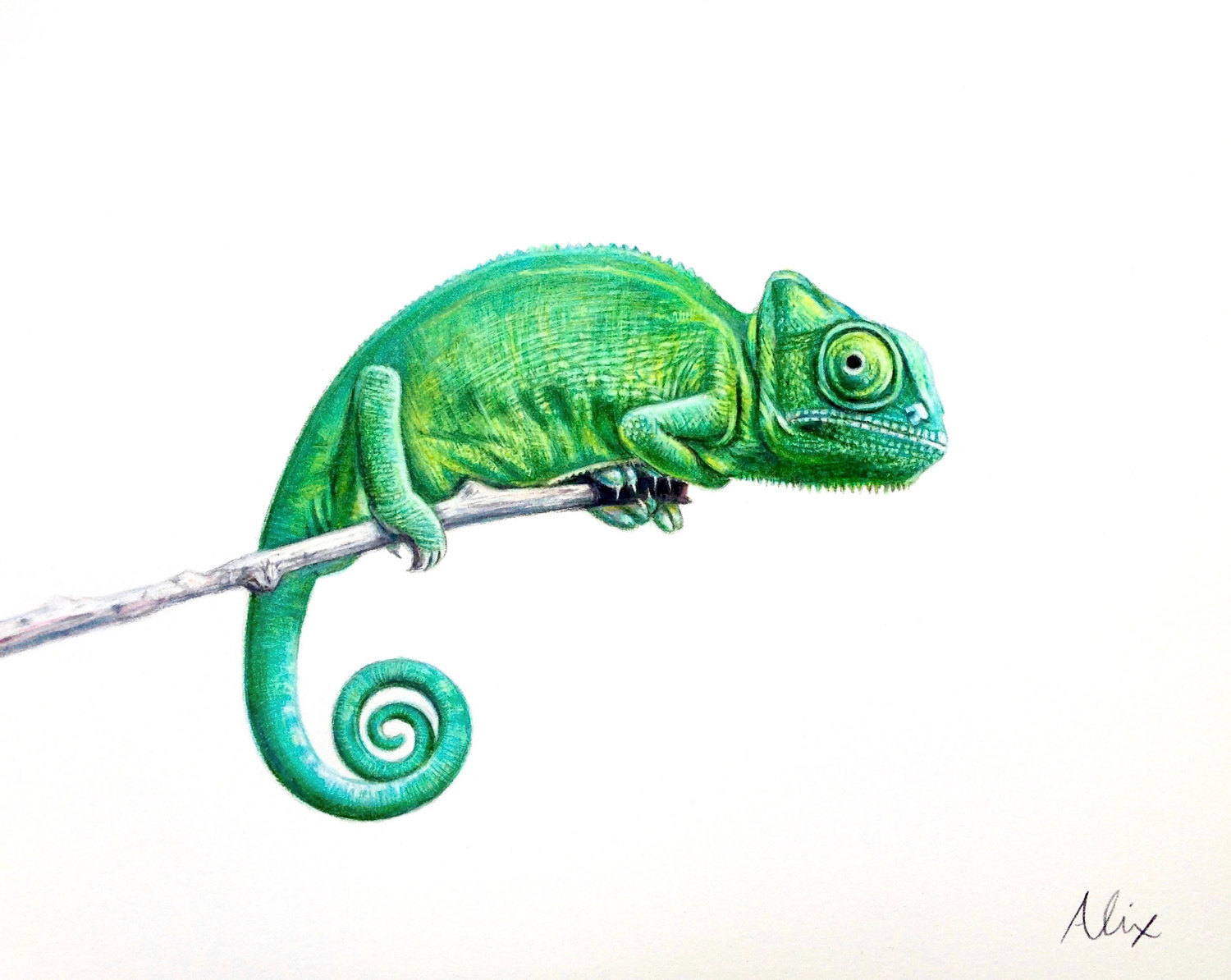Drawing tutorials
Table of Contents
Table of Contents
If you’ve ever wanted to learn how to draw, you’re in the right place. Drawing is a skill that can bring immense joy and satisfaction, but it can also be frustrating and intimidating at times. Don’t worry, though, because with some guidance and practice, anyone can learn how to draw.
The Struggles of Learning to Draw
Many people are hesitant to start drawing because they believe they don’t have the natural talent or artistic ability required. Others may have tried in the past and become discouraged by their lack of progress or their inability to create the image they see in their mind. Learning to draw can be challenging, but it’s important to remember that no one is born with the ability to draw. It’s a learned skill that takes time and dedication to develop.
Why Learn to Draw?
So, why should you learn to draw? For starters, drawing is a fantastic way to express yourself creatively. Whether you’re drawing from your imagination or creating a realistic portrait of someone, you have the ability to bring your visions to life. Drawing also allows you to capture your own unique perspective on the world and share it with others. Additionally, drawing can be a relaxing hobby that helps to reduce stress and improve focus.
Tips for Getting Started
If you’re new to drawing, it can be a little overwhelming trying to figure out where to begin. Here are some tips to get you started:
- Start with simple shapes and objects - this will help you build a foundation of basic drawing skills.
- Practice regularly - the more you draw, the more you’ll improve.
- Experiment with different drawing tools - try using pencils, pens, or charcoal to see which you prefer.
- Don’t be too hard on yourself - remember that everyone starts somewhere and it’s okay to make mistakes.
Targeting Realistic Drawings
One of the most common goals for people learning to draw is to create realistic drawings. Realistic drawings aim to capture the essence of the subject matter in a highly detailed and accurate way. Achieving this level of accuracy can be challenging, but there are a few tips and tricks that can help.
Firstly, it’s important to start with a good reference photo that clearly shows the details of the subject matter. Next, break down the drawing into simple shapes and work from the general to the specific. Additionally, pay close attention to values (lights and darks) and use them to create depth and dimension within the drawing.
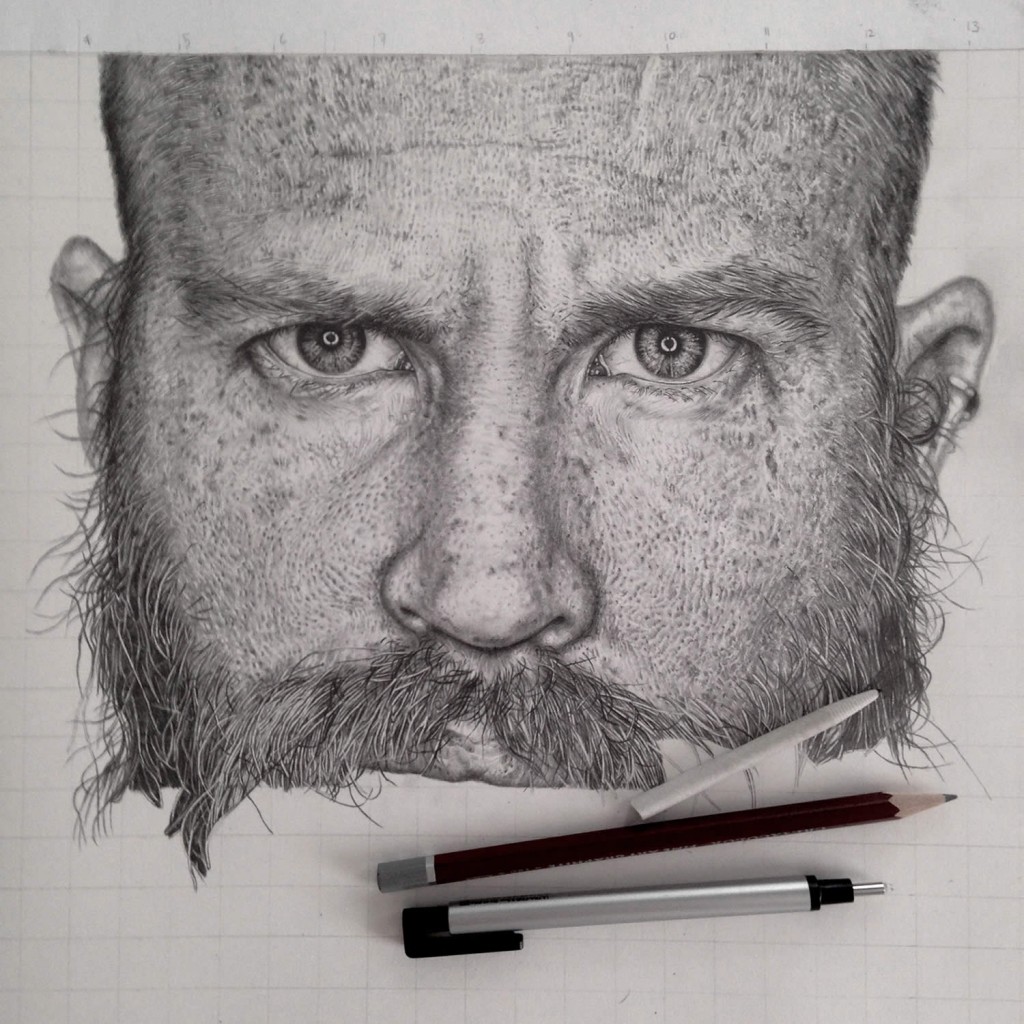 As you start to master realistic drawing techniques, you can begin to experiment with different styles and mediums to create your own unique look and feel.
As you start to master realistic drawing techniques, you can begin to experiment with different styles and mediums to create your own unique look and feel.
Targeting Portrait Drawings
Another popular type of drawing is portrait drawing. Portrait drawing involves creating a realistic depiction of a person’s face or head. Portraiture can be challenging due to the intricacies of the human face, but it can also be incredibly rewarding when done well.
When creating a portrait, it’s important to pay close attention to proportions, lighting, and value. Additionally, be sure to capture the unique features and characteristics that make the person you’re drawing who they are.
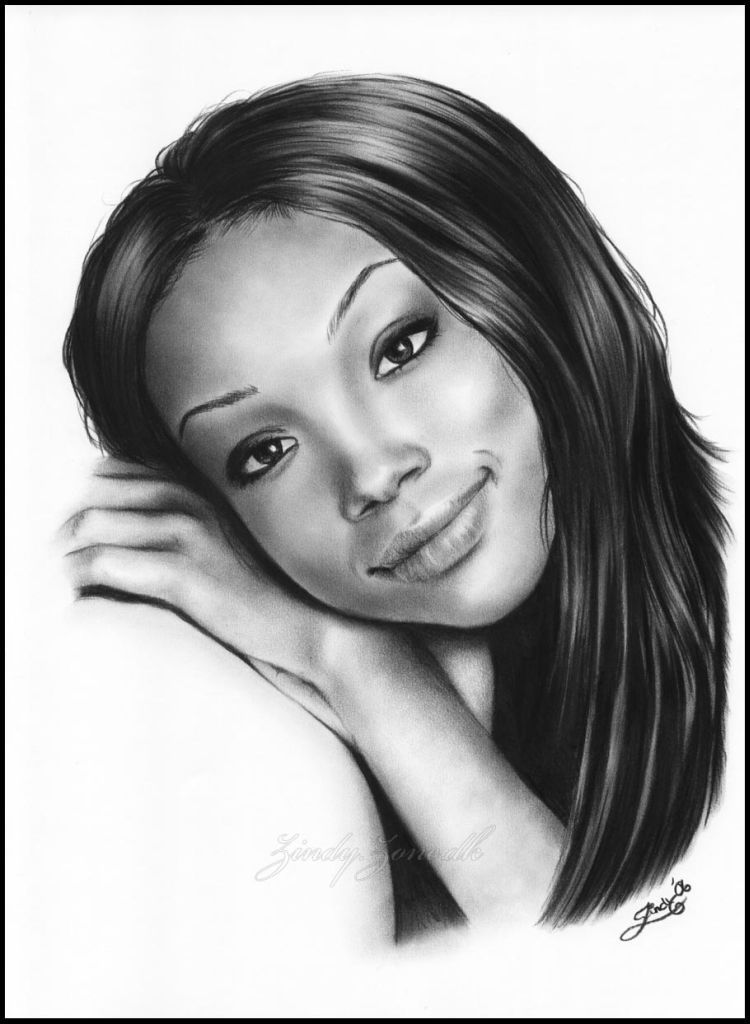 ### Different Drawing Styles and Techniques
### Different Drawing Styles and Techniques
As you continue to develop your drawing skills, you may want to experiment with different styles and techniques. Some popular styles include:
- Cartooning - creating stylized characters and scenes
- Illustration - creating graphics to accompany written text
- Digital art - creating art using digital tools and software
Each of these styles requires different techniques and tools, so it’s important to do your research and find the style that best suits your goals and interests.
Q&A
Here are some frequently asked questions about learning how to draw:
Q: Do I need expensive art supplies to start drawing?
A: No, you don’t need expensive supplies to start drawing. All you need is a pencil and some paper to get started.
Q: How long does it take to become good at drawing?
A: It varies from person to person, but generally speaking, it takes a lot of practice and dedication to become skilled at drawing.
Q: Do I need to take formal drawing classes?
A: It’s not necessary to take formal classes, but they can be helpful in providing structure and guidance for your learning.
Q: Can anyone learn how to draw?
A: Yes, anyone can learn how to draw with practice and dedication.
Conclusion of Draw How to Draw
Whether you’re interested in creating realistic drawings or stylized cartoons, learning how to draw is a rewarding and fulfilling pursuit. With some guidance and practice, you can develop the skills necessary to bring your visions to life on paper.
Gallery
Monica Lee Does The Most Stunning Photo-Realistic Drawings We’ve Ever

Photo Credit by: bing.com /
AMAZING PENCIL DRAWINGS-1 - XciteFun.net

Photo Credit by: bing.com / pencil drawings brandy norwood stunning drawing charcoal zindy amazing xcitefun beautiful part izismile dk zone deviantart larger version curious funny
AMAZING PENCIL DRAWING - XciteFun.net
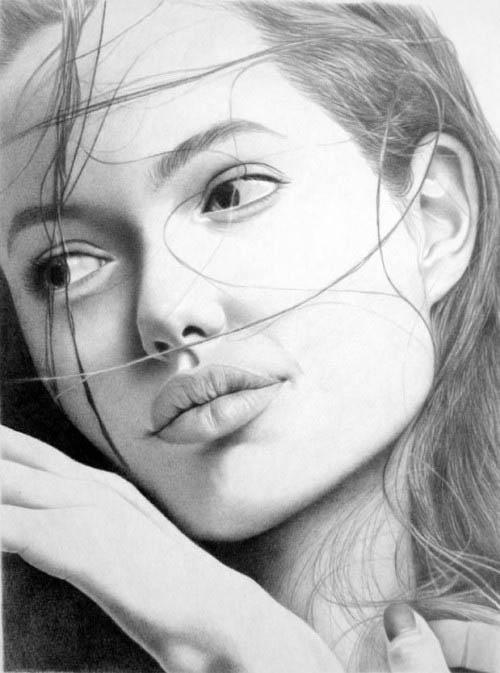
Photo Credit by: bing.com / pencil drawings drawing great xcitefun sketches realistic
Drawing Tutorials | Pencil Drawing Tutorials | Drawing Tutorial

Photo Credit by: bing.com / malen puppy tutoria hunde zeichenunterricht boceto fisch çizimler kolay imgarcade thestylishpeople scontent mad1
Random Drawings On Behance
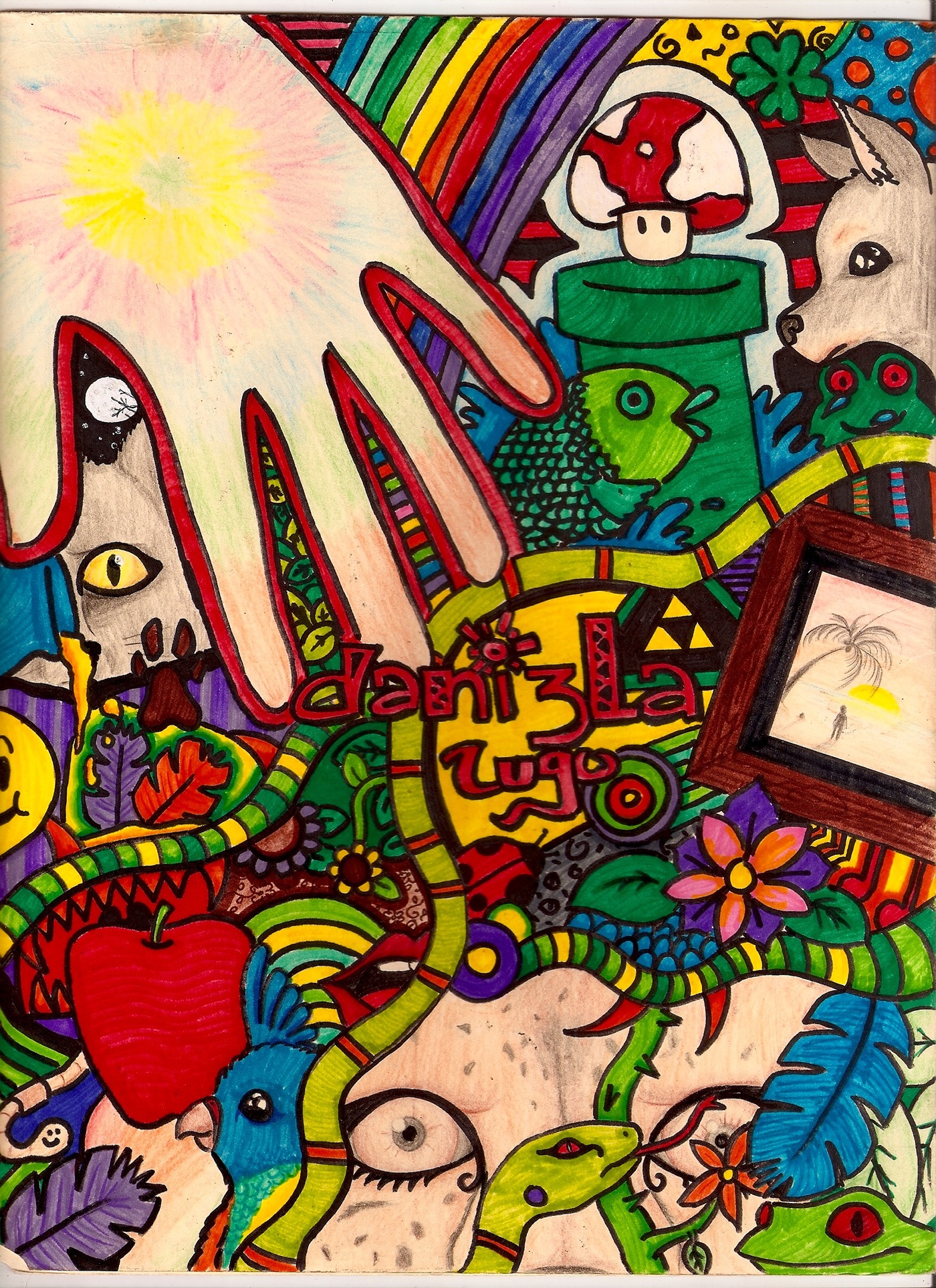
Photo Credit by: bing.com / behance
